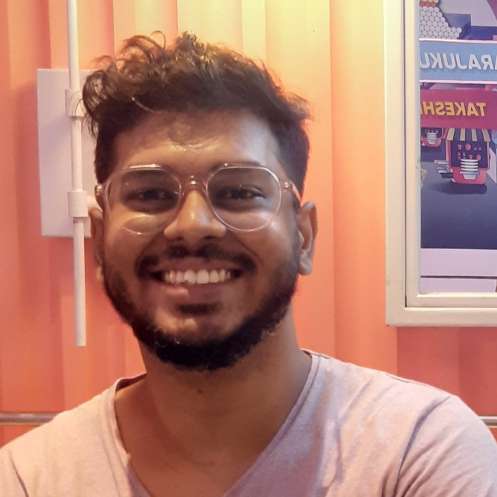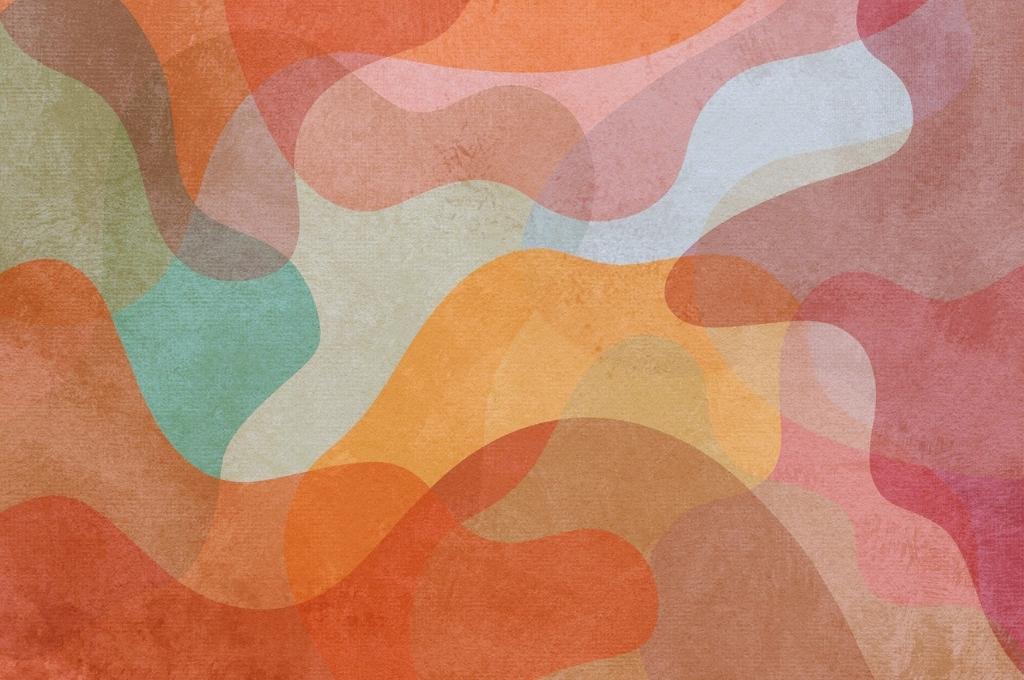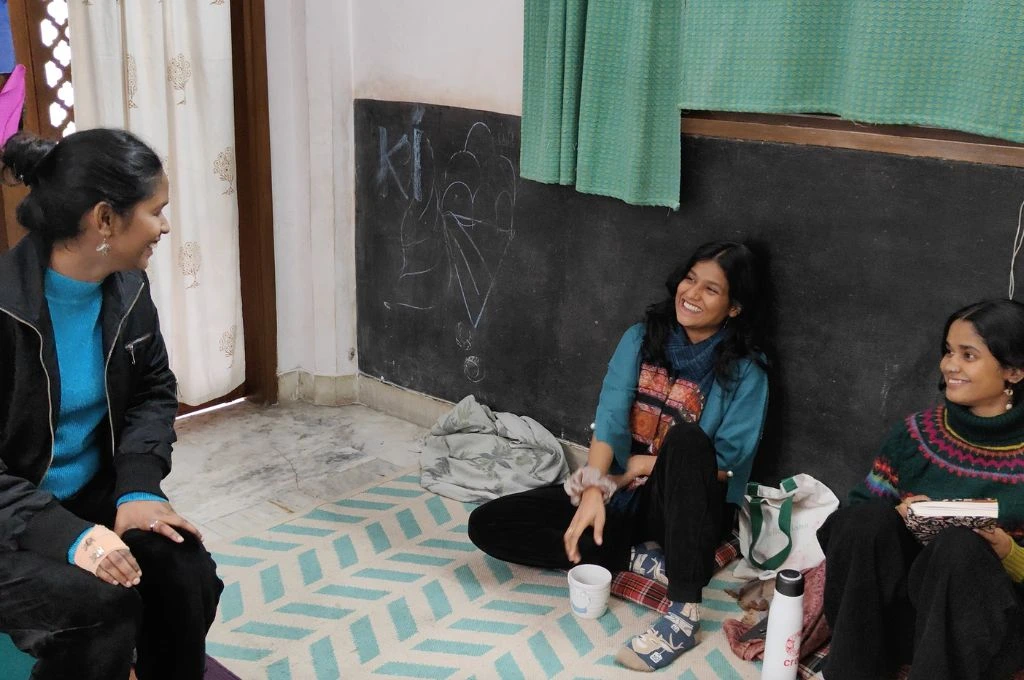Ganesh Birua and Hercules Munda are young cultural activists from Adivasi communities. Ganesh has been producing content in his native Ho language and its written script, Warang Citi, for half a decade. Hercules is building an online dictionary for Mundari, his native language, and has also developed an app called TriLingo where one can learn various Adivasi languages.
In this conversation with IDR, they speak about the need for building a digital identity for Adivasi languages, spreading awareness about their languages and scripts, and the challenges they face in their endeavours.
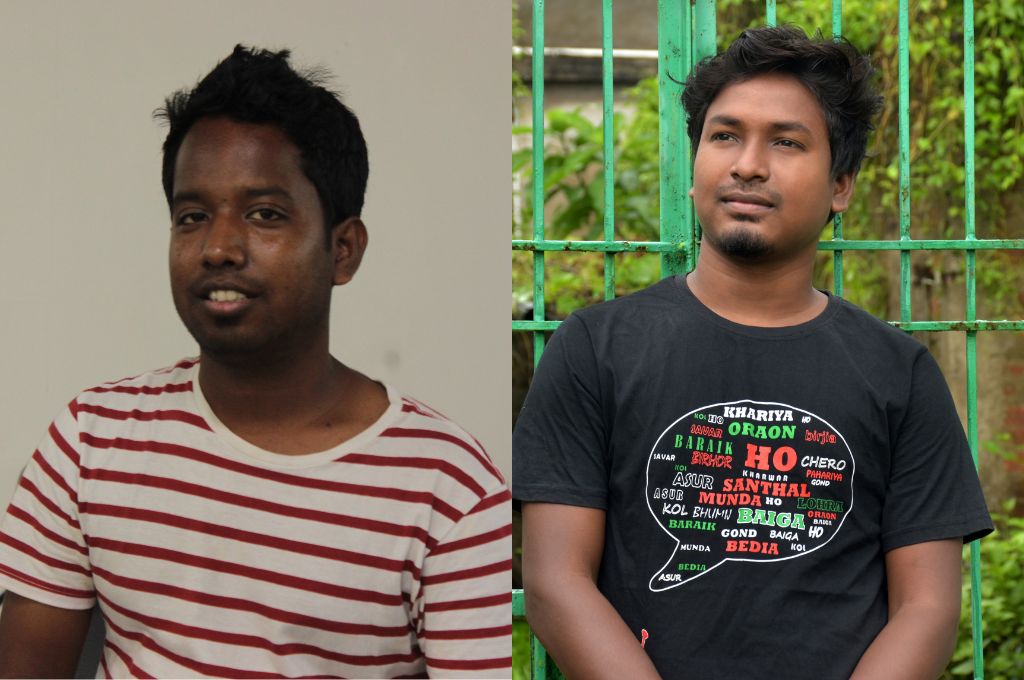
Ganesh, could you tell us about the work you do and your journey? Why and how did you start working with the Ho language and the Warang Citi script on digital media?
Ganesh: I belong to the Ho community in Mayurbhanj district, Odisha. I have completed my post-graduation and have been working with the Ho language and Warang Citi script for the past five years. In 2013, I went to study in Baripada town which is 100 km away from my village, and I got to know about the internet for the first time. Our village did not have internet services. In the beginning, I only knew about Facebook, and from there I got to know that the Ho language even has a script known as Warang Citi. I decided to learn about it but couldn’t find any content on it when I browsed the search engines. This really disappointed me because if we need information on anything, there’s content readily available on search engines. There was content available for and in other languages, so why not our language? I thought that there must be others like me who wanted to learn and study our language and script, but couldn’t because of the lack of content.
I started studying Warang Citi with the help of the book Ho Ol Ando: Ho Parao by Dr Gangaram Bankira, and by 2017, I was producing digital content in the language to teach people about the script. I made a page on Facebook called Elabu Etona Warang Citi (Let us learn Warang Citi), where I created content in three languages—Ho, Odiya, and English. I would upload the image of a Ho letter along with a word and its closest translation in another language. In the first year, no one was seeing my content; perhaps it wasn’t reaching them. So I started making content in three more languages (Bengali, Santhali, and Hindi) and initiated Warang Citi Project 2030—which means that I will continue making content in Warang Citi till at least 2030, by when there will be more awareness. I expanded to Twitter, Instagram, YouTube, and a blog, and that is how I started reaching more people.
When I initially started working on our language, there were many challenges. If I typed something in Warang Citi, I couldn’t read my own published content because the platforms didn’t support the script. It just showed boxes and question marks. Now, with the collaborative efforts of people, we have a digital script and a mobile keyboard. You can actually read and understand the content.
Hercules, your background is in the IT sector. Why did you shift to linguistics?
Hercules: I have an engineering background and worked in the IT sector till 2018. That year I was home for a community celebration, and realised that my cousins under the age of seven were unable to speak Mundari, the language of the Munda community we belong to. As an engineer, I had learned that if there is a problem, you solve it. My problem was simple. The younger generation of my community couldn’t speak Mundari. I did a survey in my native Khunti district in Jharkhand where I spoke with young people from the Munda and Ho communities. Many of them told me their mother tongue is Nagpuri or Sadri because these are the languages used around them. The generation that grew up in the 2010s needs to be told about the importance of their own languages.
Since I was from the IT sector, I wanted to solve the language problem using technology. I also wanted to build a space for Adivasi languages in the IT infrastructure where they are poorly represented.
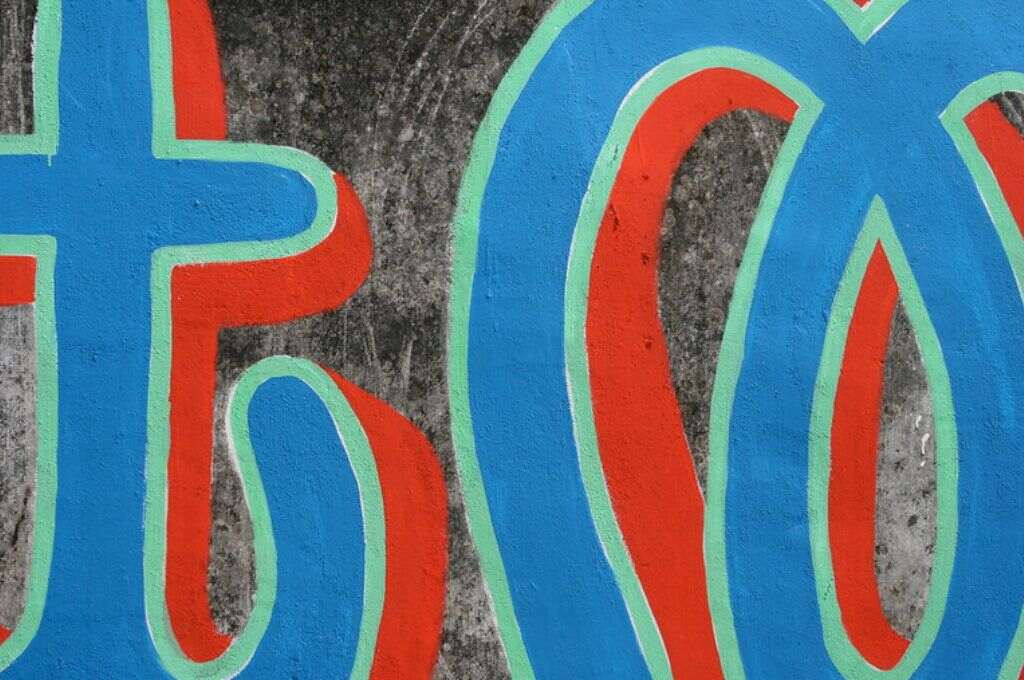
What components of digital infrastructure are you working on?
Hercules: See, language is like air. When we breathe, we aren’t thinking about air, but in its absence, we realise its relevance. Language also plays a vital role in the technology we use every day. For instance, if someone who speaks Hindi uses voice command on their phone, they would say ‘call karo’, which is a half-English phrase. With phones, computers, and social media, technology has become such a huge part of our day-to-day lives, and we should be able to interact with it in our language too.
I am also digitising the Mundari dictionary with approximately 20,000 sentences in Hindi, English, and Mundari. When you have a digital dictionary, you can cut, copy, and paste from it when you are typing online. The aim is that, similar to other languages, a Google translation functionality is made available for Mundari and other Adivasi languages. This will empower people to learn the language. Those who know Hindi could learn Mundari by using Google Translate on their own. Later, we will try adding pronunciation to it so that people can pronounce the words they type. As they start to speak these words repeatedly, the computer will also begin learning these words. This way, in the future, people will be able to use Adivasi languages to give voice commands for GPS navigation, YouTube, and so on. The idea is to make technology more inclusive.
Ganesh, how have things changed since you started your initiative?
Ganesh: In the beginning, people didn’t know or did not have much information about this initiative. When I was making content or posting something on social media, people would reply and comment in English or Hindi. But over time, something changed. People started responding in their own language. For instance, I posted a video on YouTube on how to set up the mobile keyboard in the Ho language, and many people reached out with queries on how to install and use this keyboard. So there is progress, and the youth is realising that they need to preserve their language and script.
My experience was a little different from Hercules’s. While growing up, I only knew Ho. Even after standard 10, I didn’t know how to speak in any other language because I lived in a village. But when I came to Baripada, I understood the importance of knowing other languages. I was studying in Odiya, but I did not have a single friend in college as I could not speak in that language. Whenever I spoke Odiya (laughs), people would break into laughter. Our languages were very different. My friends would give me two words, bhaag (division) and baagh (tiger)—both were baag for me. There was no difference in these two words for me because in Ho we do not use ‘gh’ or ‘bh’.
As Hercules mentioned, if we search in Hindi or English, we can easily find information online. But this is difficult in an Adivasi language because very few people contribute to the proliferation of the language. There is a lot of content being made in the Adivasi languages, but their aim is not to educate people about these languages. There are many entertainment videos being made in Ho which garner lakhs of views, but educational content is lacking.
Hercules, what kind of support are language initiatives such as yours and Ganesh’s getting from various quarters, and what help do you still need?
Hercules: First I will talk about the government, then nonprofits, and even common people. Munda and Ho languages need to be recognised at the national level. Constitutionally speaking, India recognises 22 official languages nationally, and then there are others at the regional level. Twenty-two is a fraction of the number of languages spoken in India.
When a language is accepted at policy level, government and court documentation and education can be requested in that language. A person can choose to appear in 10th and 12th CBSE exams in that language. In government offices, a person can demand to be understood in their own language, and it can become the language in which government notifications are communicated.
Nonprofits run medical and education drives but not language-specific drives. They should focus on these too.
If we talk about nonprofits, they have a good reach at the grassroots level. They run medical and education drives but not language-specific drives. They should focus on these too. There are many big corporations that work on mining in Adivasi areas. These need to have a separate division for the protection of language and culture because the identity of an Adivasi is their language, culture, land, and religion. Adivasis are losing their land and religion; now they have only language and culture. If you don’t support even these, they will lose their identity.
At an individual level, I have seen great instances of collaboration and people’s willingness to learn another’s language. I used to think of language in regional terms, that people from a specific community speak that language. But this belief of mine was broken when I found that there is a Japanese person, Toshiki Osada, who is an expert in Mundari and is writing a book in the language while sitting in Japan. He was a student of linguistics scholar Ram Dayal Munda, and came to Jharkhand to learn Mundari. He has worked a lot on the Mundari grammar, and speaks the language better than many Munda people I know. This experience made me realise that even though I was born in this community, this language isn’t just mine. Language belongs to the person who learns and speaks it—racial identity, distance, and everything else is secondary. Now more than ever before, with the progress of technology, people can interact with each other and learn languages.
I request people from Adivasi communities to teach their languages to the younger generation and make them learn about their uniqueness. There are six forms of love in Greek and 13 forms of love in Arabic; even in Hindi, there’s mamta for motherly love, and sneh and prem for friendly love. In Mundari, we have different expressions for rain—sata sata (rain that goes on), siti siti (a rain shower), jaram jaram (heavy rain that fills up the river), and jirim jirim (heavy rain that fills up the rice field). When we lose language, we lose unique ways of seeing the environment around us.
You will also notice that in all languages, there is work being done at the community level by people like Ganesh and me. But it’s time we unite under one banner for a movement to recognise Adivasi languages at the national level.
Srishti Gupta contributed to this article.
—
Know more
- Read this article to learn why an attitude of tolerance towards language diversity should be promoted in the classroom.
- Watch the complete video of the interview with Hercules Munda and Ganesh Birua.
- Read this article to understand why indigenous languages in India are dying and what’s being done to preserve them.



